Born in a large family of philanthropists and daughter of major publishing magnate Don Miguel Angel Capriles, Venezuelan Tanya Capriles Brillembourg did not rest on her laurels growing up. She is a born-supporter of social causes, devoting her time to charities and children. Yet she is also a true advocate for Latin American art as well as other artistic forms. In 2005, the philanthropist founded and is Chair of the SaludArte foundation: a non-profit organisation aiming to promote the development of educational and social integration programmes through the visual and performing arts, while also offering a platform to showcase the works of emerging artists. What is more, Capriles expanded her good doing to Miami, owning five cultural centres in Wynwood Art district. These art spaces present contemporary art exhibitions and shows, related to SaludArte foundation where all arts are integrated, while also showcasing renowned and emerging artists. She has served since 2010 as a Member of the board of trustees of the Museum of Fine Arts in Houston. Her art collection has no bounds and distinguishes itself by an excellent selection of iconic Latin and Central American artists including Diego Rivera, Fernando Botero, Roberto Matta and Wilfredo Lam to name but a few.
Larry’s List had the pleasure to discuss with Tanya Capriles Brillembourg about her attraction to concrete art and why she doesn’t believe in creating her own private art museum.
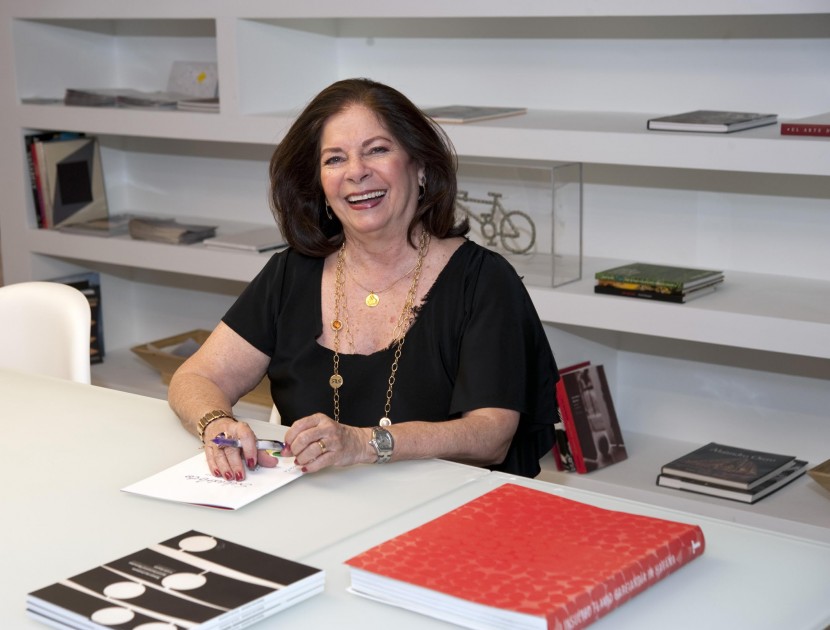
The Collection
When and where did this all start? How did you become attracted to art?
During the years 1975-1980 in Venezuela with the works by kinetic artists such as Jesús Rafael Soto (1923-2005, Venezuela), Carlos Cruz-Diez, (b1923, Venezuela) and Julio Le Parc, (b1928, Argentina).
What about contemporary art?
I think it is impossible to abstract myself or to limit my collection to just one art movement since the art world implies an ongoing discovery of artistic expressions. I am passionate about video art, installation and performances. Mainly, because of SaludArte Foundation and other projects I am working on, dealing with artists is vital to my day to day.
How many artworks do you own?.
More than 1,000. I don’t really know. In the last 10 years or so, I have acquired approximately 700 works of Modern and Contemporary art.
Is there any particular type of art that has consistently attracted you, or anything that unites all the works you have acquired?
As a collector I tend not to collect just one or two pieces by the same artist. I enjoy “digging into” the work and get more and more immersed in one same artist that generally moves my soul. So I acquire many works by the same artist. In that regard, I am a sui generis collector…
I am attracted to concrete art. I think its language is somehow more universal in the sense that it has united many artists from different regions from around the world, from Russia (for instance Kandinsky) to Cuba (Carmen Herrera). My biggest motivation is to discover movements that were realized in different years and whose artists – without knowing – were doing the same thing in different places around the world, for example, the international abstract art movement group Madí initiated in Argentina in 1940-1950.
When we ask collectors this question they are often troubled to answer right away, if you could tell us what is your most treasured artwork, do you think you can give us an easy answer?
Possibly! There is one I haven’t actually bought myself. It was given to me as a gift from my husband David Brillembourg in 1992. The work is called “Study for the rose” by Piet Mondrian.
Where do you display your collection?
In different places. The Museum of Fine Arts Houston holds around 120 artworks on a long-term basis among other institutions who’ve I also loaned works too. I also display my collection in my home in Madrid, Miami and Paris.
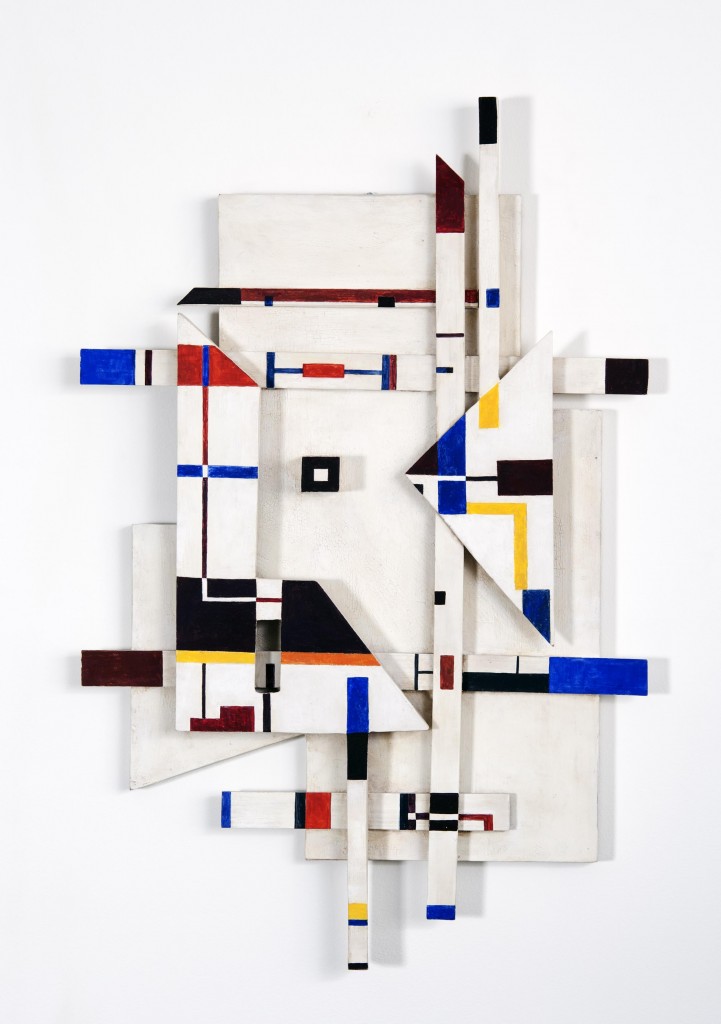
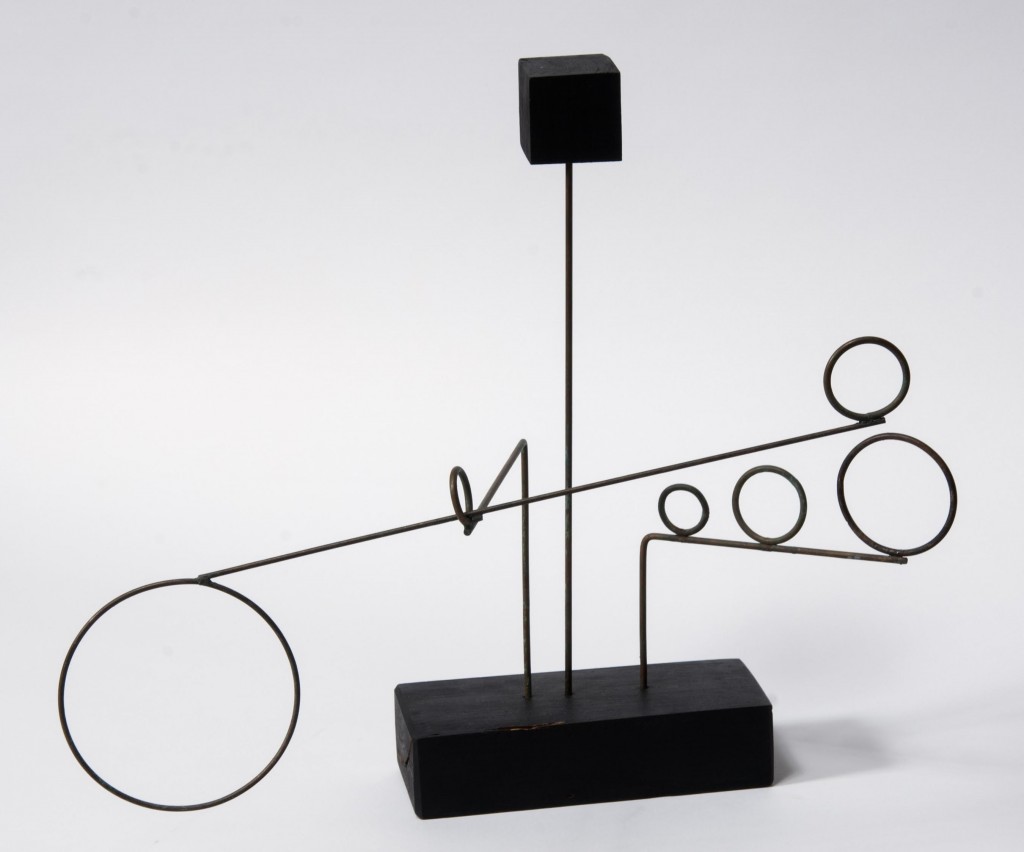
Thoughts on collecting
What was your happiest moment being involved in art?
One very special moment to me was the day I saw my Latin American Modern art collection exhibited at the Fine Arts Museum of Houston. It was simply magical to me. To view all the works exhibited and seeing for myself that we were indeed showing part of art history. From then on, I understood the relevance of the artworks dialoguing between them and telling a story.
Another special moment was the presentation of the music performance “Synergy” (a work carried on for approximately 10 years by SaludArte Foundation) in June 2013. It was very touching to see how we could help the children in our programme with art. These are all real, ambitious projects with high social impact.
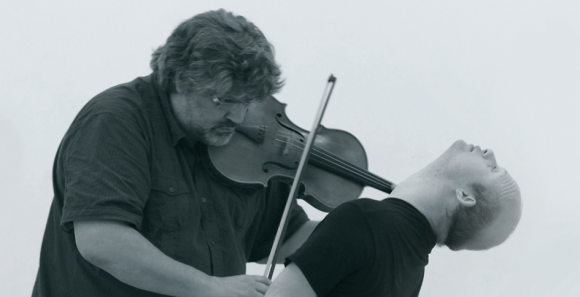
How active are you in the art world? Does being a philanthropist means you have more responsibility to society?
I have a responsibility to teach through a way of living life with art.
This is one of the ways we see philanthropy with what we do at SaludArte Foundation. For us, art is a means to transform the world through music, dance, visual arts or any other visual expression at our reach. The highest responsibility is for artists. I believe art is somehow a process of life and a realization of all we are. To collect art is a way of transforming artists and myself… Art is a life changer to all our lives!
How do you manage multiple projects at the same time? Do you have time to personally converse with artists?
Of course! And to cook which I love. I like to say that “we all should all have to time to waste”.
Who inspires you in the art world?
My eldest sister Mayra Capriles López: someone with great artistic sensibility. Also, a woman I admire and I immensely respect for teaching me how to appreciate art. I admire her!
Can you name (three) emerging artists, who should be on our radar?
Alexander Arrechea (Cuba), Carlos Bunga (Brazil), Magdalena Férnandez (Venezuela).
What is your advice to young and fresh collectors?
Actually, I discuss this with friends of my children.
Above all, I tell them that they shouldn’t spend a lot of money. Art is not money. Secondly, I advise them to seek for help so that they know where they are headed and do not make mistakes they will later regret. I have five children and they are all collectors, and every time I have the opportunity, I gift my grandchildren art. I have nineteen in total, I am proud grandmother, you can imagine, they are my best works of art.
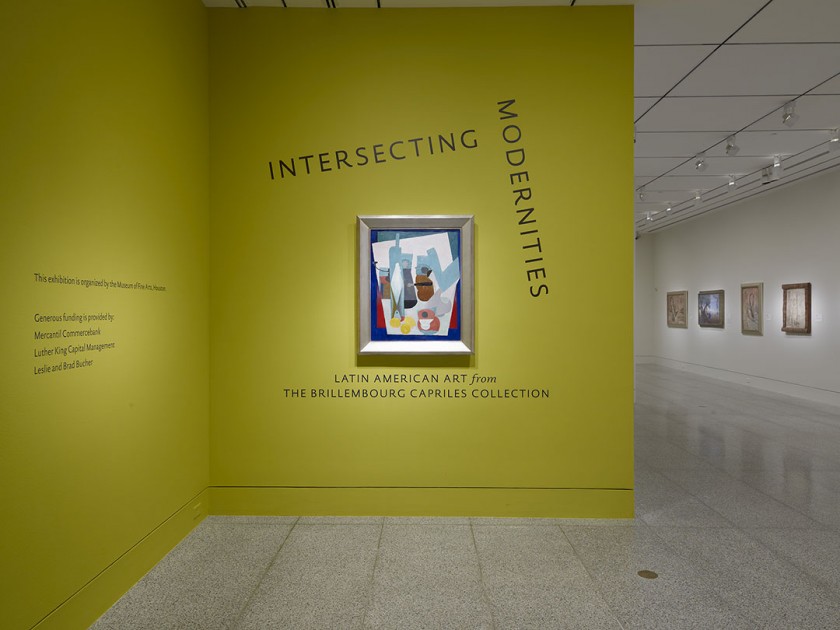
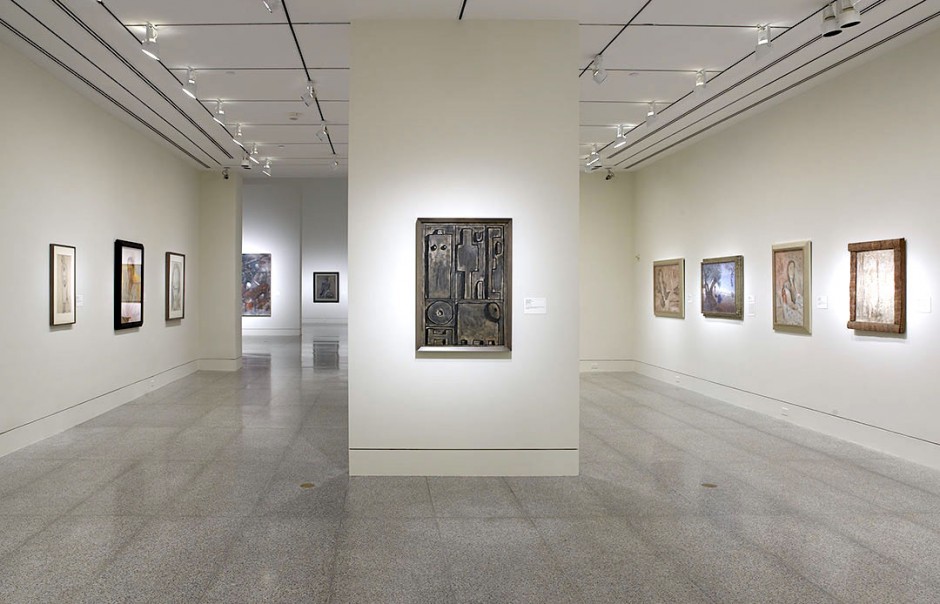
How do you see the art collecting scene developing in Venezuela and in Latin America?
I don’t see art in regional terms. To me, art is art. Despite this, I believe art from the Latin American region is undervalued. Fortunately, there are great initiatives, which will disrupt this, for instance the work by ICAA Documents Project with the support of Houston Museum and Puerto Rican curator Mari Carmen Ramirez.
What are you especially excited about in regard to art in the next 12 months?
I am especially excited about a project that is soon to be launched. It is led by Carlos Cruz Diez (Venezuelan Kinetic artist) and it will be presented at Teatro Colon theatre in Buenos Aires.
What is your view on private museums today?
I do not believe in creating my own museum. I am here to support the experts. I believe today’s mission for us is to see what it is done and try to make it better! For this, getting in touch with other collectors and working collectively towards the same goal is fundamental. I think that the owner of one museum only (a private museum) may never fully accomplish what a group of professionals can. Why spend money, countless efforts to duplicate efforts creating very similar museums? I cannot understand it, although I respect people’s choices, of course…
Claire Bouchara & Josefina Piacenza
Read more about
A selection of artists the collector collects





